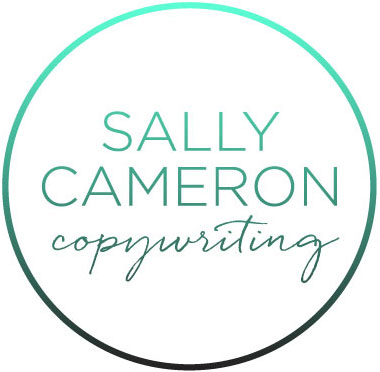Have you managed to get your head around SEO? If so, well done – that puts you well ahead of many people who are trying to operate a business online and just don’t get it. It’s no wonder – SEO is complex and that pesky google algorithm is changing all the time.
For example, it used to be all about link building; now that’s a big no-no. You used to use your keyword in your internal anchor texts; again, not anymore. And don’t bother wasting your time on meta keywords; these days, google pays them no attention.
Confused yet?! Even if you have a basic understanding of SEO, keeping up with the changes to google’s algorithm is nearly a full-time job. Even if you’re across the basics of onsite optimisation, knowing how to write for google and for humans is a rare skill. But that’s a post for another day.
Today, I want to alert you to a factor that you may not have considered when it comes to SEO. Yes, you’re probably across optimising your content, meta titles and descriptions, and alt text – but what about readability? Put simply – how easy is your website content to read?
The Flesch Reading Ease Test is the most commonly-used reading test (find some others here) and assesses how easy your content is to read using this formula.
206.835 – 1.015 (total words/total sentences) – 84.6 (total syllables/total words)
Simply copy and paste your content into the window, and your result will fall into one of these three categories:
- 90 – 100: Easily understood by an average 11 year old student
- 60 – 70: Easily understood by 13 to 15 year old students
- 0 – 30: Best understood by university graduates
What the, right? My brain doesn’t like numbers either. Essentially, the more long sentences and syllables you use, the lower your score. And, it seems, the less google will like your content. Whilst it’s not known what exact formula google is using to assess readability, it’s well accepted that it is taking readability into account. From an SEO perspective, ideally you want to be rating 60.0 and above, so keeping your copy short and punchy is key.
Sounds simple, but often isn’t. If you went to university, you’ll know that the more long, complicated words you managed to weave into your essays the better your marks. So, breaking this tendency towards overly complex, academic writing once you enter the real world can be challenging (as a literary major who loved her thesaurus, I speak from experience!).
So, how do you put this into action?
1. Aim for short and punchy content, by:
- Breaking down long sentences. If your sentence is full of commas or semi-colons, chances are it would be better broken up into multiple sentences.
- Use active voice rather than passive. Active sentences communicate your message more succinctly and keep your word count down. For example, ‘Jane was patting the dog’ versus ‘The dog was being patted by Jane.’
- Write like you talk. When we talk, we need to stop for air, so naturally we speak in short sentences. Read your copy aloud. If you’re struggling to get through a sentence without taking a breath, it’s too long.
- Use a shorter word (or one word instead of multiple words) where possible. So, ‘start’ rather than ‘commence’, ‘show’ rather than ‘demonstrate’, ‘chance’ rather than ‘possibility’, ‘use’ rather than ‘utilise’, and so on.
2. But, and it’s a big BUT… use common sense.
SEO is a fine juggling act – pleasing google counts for nothing if your content fails to engage your readers. Consider the likely reading capability of your target audience. Are they university educated? If so, you don’t want to be patronising, overly simplistic and boring. So, aim for a lower (but still reasonable) readability score.
Have you tested your site’s readability? Totally lost when it comes to SEO (you’re not alone!)? Let me know in the comments below.
And, for the record, this blog scored a readability score of 72.




